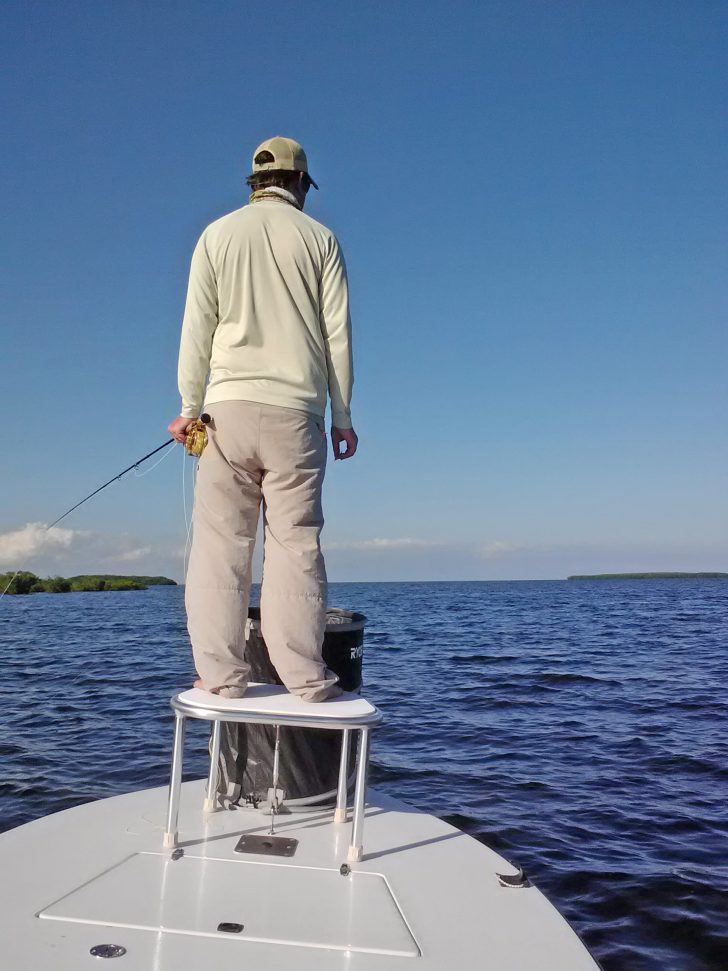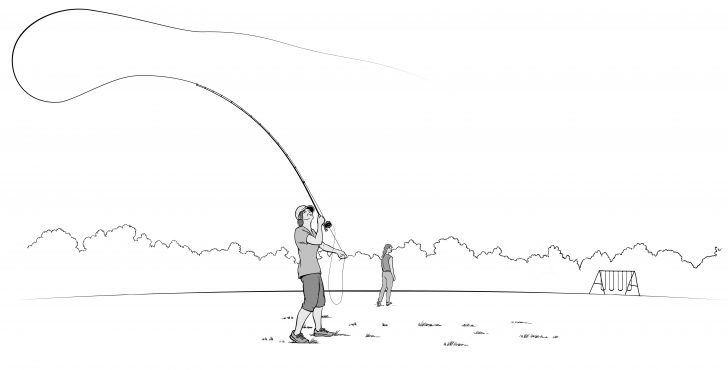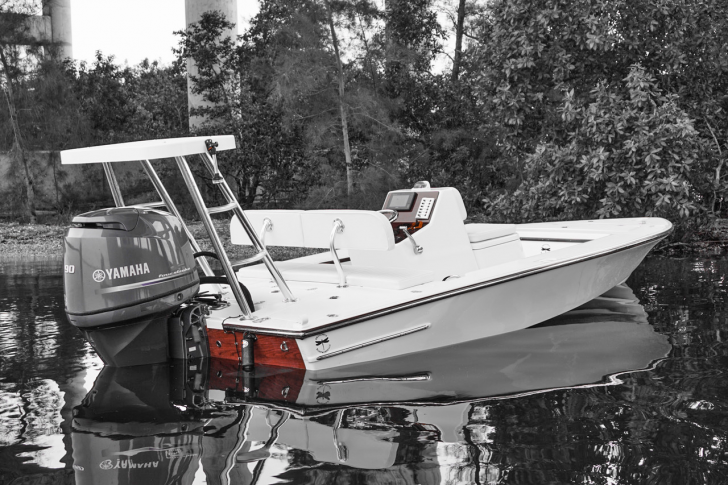
Fly fishing gives us numerous interesting challenges. While skills to deal with the movement of trout or salmon waters must be learned, and the stakeout locations of largemouth bass must be discovered, catching saltwater species is a different and rewarding challenge. Your guide will schedule your trip, put the beefed-up fly gear in your hand and look for fish, but there is work you must do. Like finding that off the beaten path beer & burgers joint, in the end it’s worth it.
The tidal nature of most salt water environments means that some days are better than others for fishing. If possible, you are well off timing your trip with a tide chart. This movement of water will also present some physical challenges. Saltwater fishing boats are often small to provide access to shallow and narrow areas, but, these boats do rock on the undulating water. For enjoyment, for safety and for fishing effectiveness you should train your legs for endurance and balance long before you step aboard.

On a saltwater boat, the Captain plays a role like a friend telling you the way to that burger joint. Your guide will be on the rear of the boat controlling, searching and directing you with clock face references. Off the front of the boat is twelve (o-clock,) to your right is three and nine is to your left. With your imagination or a fishing buddy, practice responding to instructions like, “Here we go, two o-clock, forty feet!”
The entire time you are on the bow, a fish may swim through your lane. Pay attention to the water. Saltwater fish move quickly, and your chance to cast will roll by if you are chatting or nature watching.

Almost every day, the ocean wind will blow strong enough to change your fly cast. Narrow loops that cut through the wind are a required foundation of your cast. Before you arrive, practice by casting with the rod tip traveling back and forth in a straight line. As the briny environment is bigger, your casts must grow. On the grass at home, learn to incorporate your body into the cast so that you can accelerate the rod tip more and pop that line out forty feet and more.
When your quarry attacks your fly, the line will generally be straight. So, setting the hook is only a matter of moving the fly an inch or so. Many first timers raise the rod out of habit, taking the fly from the fish and scaring it away for good. Train your line hand to strip the fly one more time when you sense the take. If it misses, your lure appears to be an escaping prey species, prompting your fish to strike again. When you hook the fish, it’ll fight like a roughneck at the end of the bar. Be prepared for a melee!
The work to prepare for your first saltwater trip is not only helpful during the fishing, it is fun in itself. If fish are like finding beer and burger joints, saltwater fish serve powerful meals.
